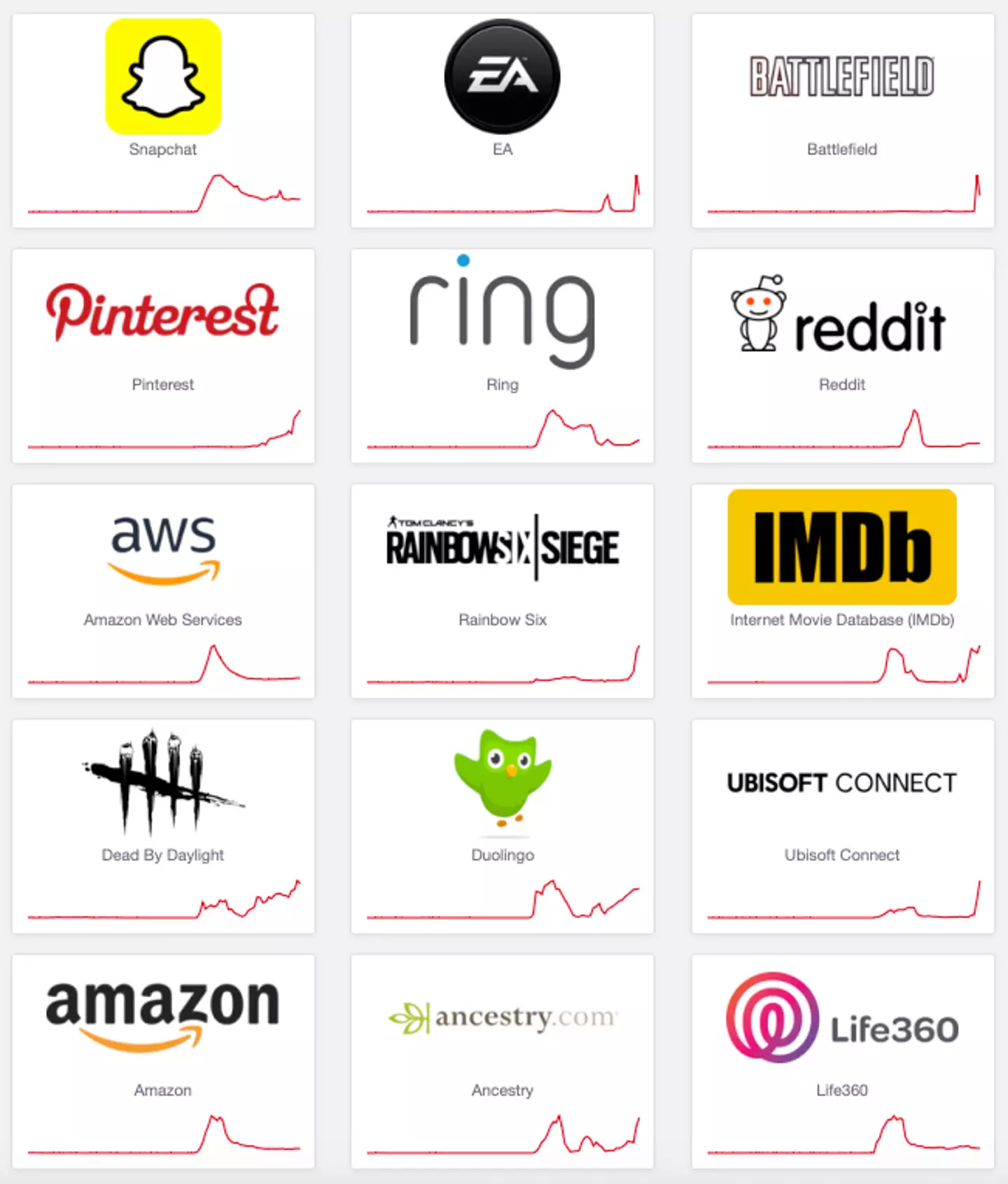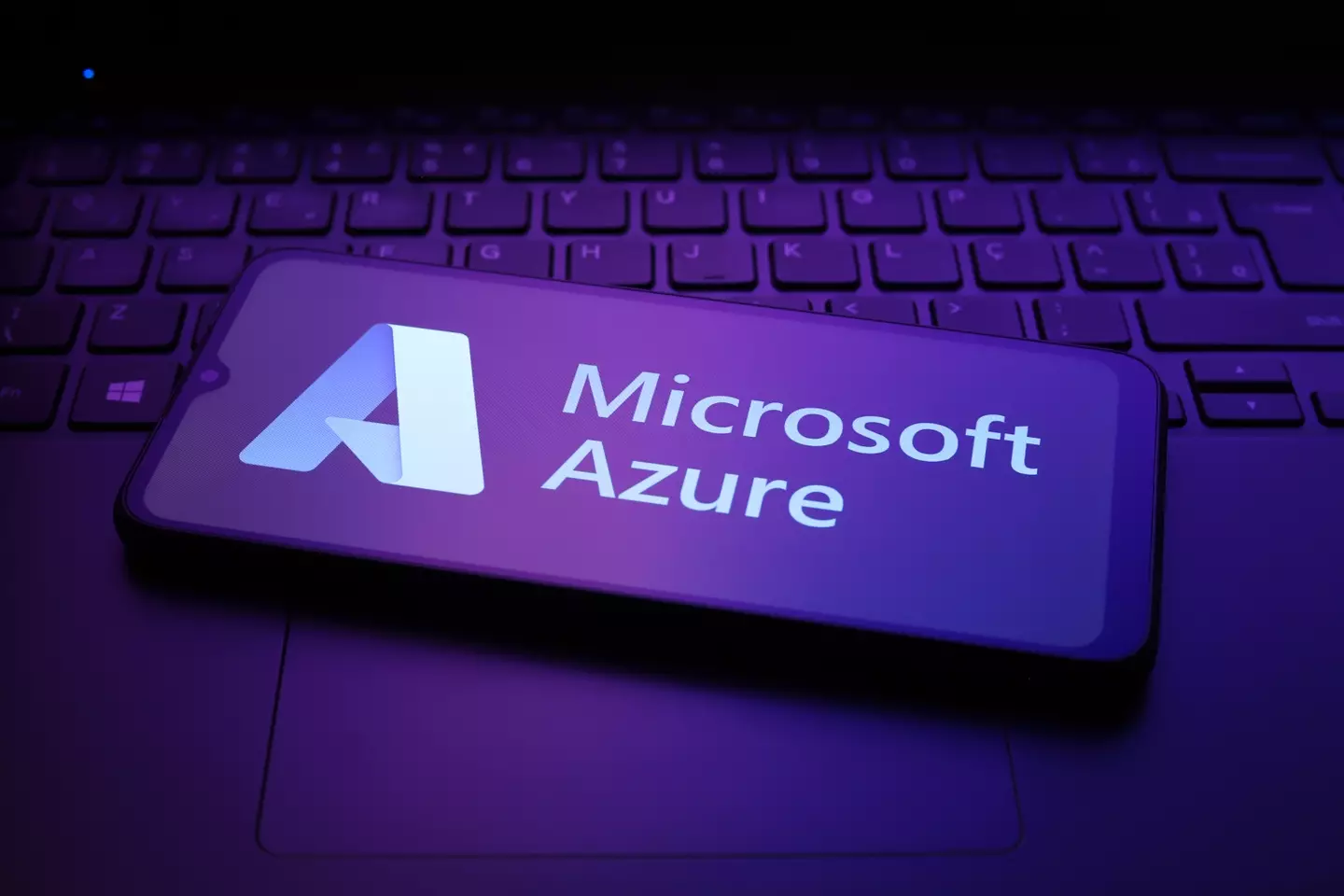Massive Internet Blackouts Hit Microsoft, Amazon, and Vodafone: Is a Hidden Threat Looming?
Ever get that eerie feeling when you’re knee-deep in your daily scroll, and suddenly the internet just… poofs away? No, not the kind of “Kim Kardashian broke the internet” drama – we’re talking about real, honest-to-goodness digital blackouts that make you wonder if the entire web took a coffee break. This month alone, we’ve seen Vodafone’s major outage screech to a halt millions of online wanderers, then Amazon Web Services decided to play hide-and-seek with ‘half the internet’, and just when you thought the chaos was over, Microsoft’s Azure cloud took a nosedive, dragging down Xbox and Minecraft along for the ride. It’s like the internet is playing a tragic game of Jenga – one wrong move, and the whole thing tumbles down. So, what’s behind these colossal meltdowns? Is it just bad luck, or is our digital world a fragile house of cards built on a few giant clouds? Buckle up, because we’re unpacking the tangled web of failures, risks, and that all-too-human slip-ups causing the globe’s favorite unseen network to wobble. LEARN MORE
If you use the internet for work or even just for your daily social media scrolls, you’ll know there has quite a few ‘break the internet’ moments recently.
No, we’re not talking about that time Kim Kardashian broke the internet with her raunchy Paper magazine, we’re talking about huge chunks of the internet actually failing to work.
Earlier this month, Vodafone suffered a major outage, leaving millions of customers without access to the web, and just a week later, ‘half the internet’ went due to faults with the Amazon Web Services server.
Despite that seeming like more than enough for one month, yesterday Microsoft’s cloud platform Azure suffered a serious outage, resulting in Xbox and Minecraft servers going down for millions of users, with many people also struggling to access Microsoft 365 services.

Thousands of websites were affected by the AWS outage (Downdetector)
Despite all being entirely separate incidents, these events have really highlighted the world’s vulnerability when it comes to technology and how one simple mistake can lead to cascading consequences affecting people all over the world.
Particularly in the case of the AMS servers being down, it really does show the fragility of so much of the world’s internet, and therefore so many of the largest businesses in the world, relying on the same cloud source.
So, why does it keep happening? Well, it’s impossible to give one answer, as all the incidents had different causes, but there are a number of common themes between all the outages.
The first being that all three occurrences happened on large scale networks. While it might sound obvious, issues arise with smaller platforms all the time, but the larger the network is, the more complex it can be to fix.
AWS, for instance, manages a massive 30 percent share of the worldwide cloud infrastructure makret.
Rob Jardin, chief digital officer at cybersecurity company NymVPN, told CNN: “The internet was originally designed to be decentralized and resilient, yet today so much of our online ecosystem is concentrated in a small number of cloud regions.
“When one of those regions experiences a fault, the impact is immediate and widespread.”
Meanwhile, in the case of the mass internet outage on 20 October and the Vodafone outage a week earlier, both incidents involved third party dependency, or in other words, businesses relying on other companies’ platforms, with Vodafone’s outage being blamed on a vendor partner’s software glitch.

Xbox and Minecraft servers were affected by the Azure outage (Jaque Silva/NurPhoto via Getty Images)
Likewise, with so many businesses relying on third party cloud platforms like AWS and Azure, it can have a huge ripple effect on the internet across many different sectors.
The issue with AWS, which took the best part of a day before a fix was issued, turned out to be a problem with the Domain Name System (DNS), which is often referred to as the ‘phone book of the internet’. So when you type a website name into your browser the DNS directs you where you wanted to go.
The internet is an incredibly complex beast that most of us can’t even pretend to understand. All these issues appear to be fairly unique in themselves, so while tech experts can prevent the same issues from arising twice, that’s not to say other problems won’t arise causing similar meltdowns.


















Post Comment